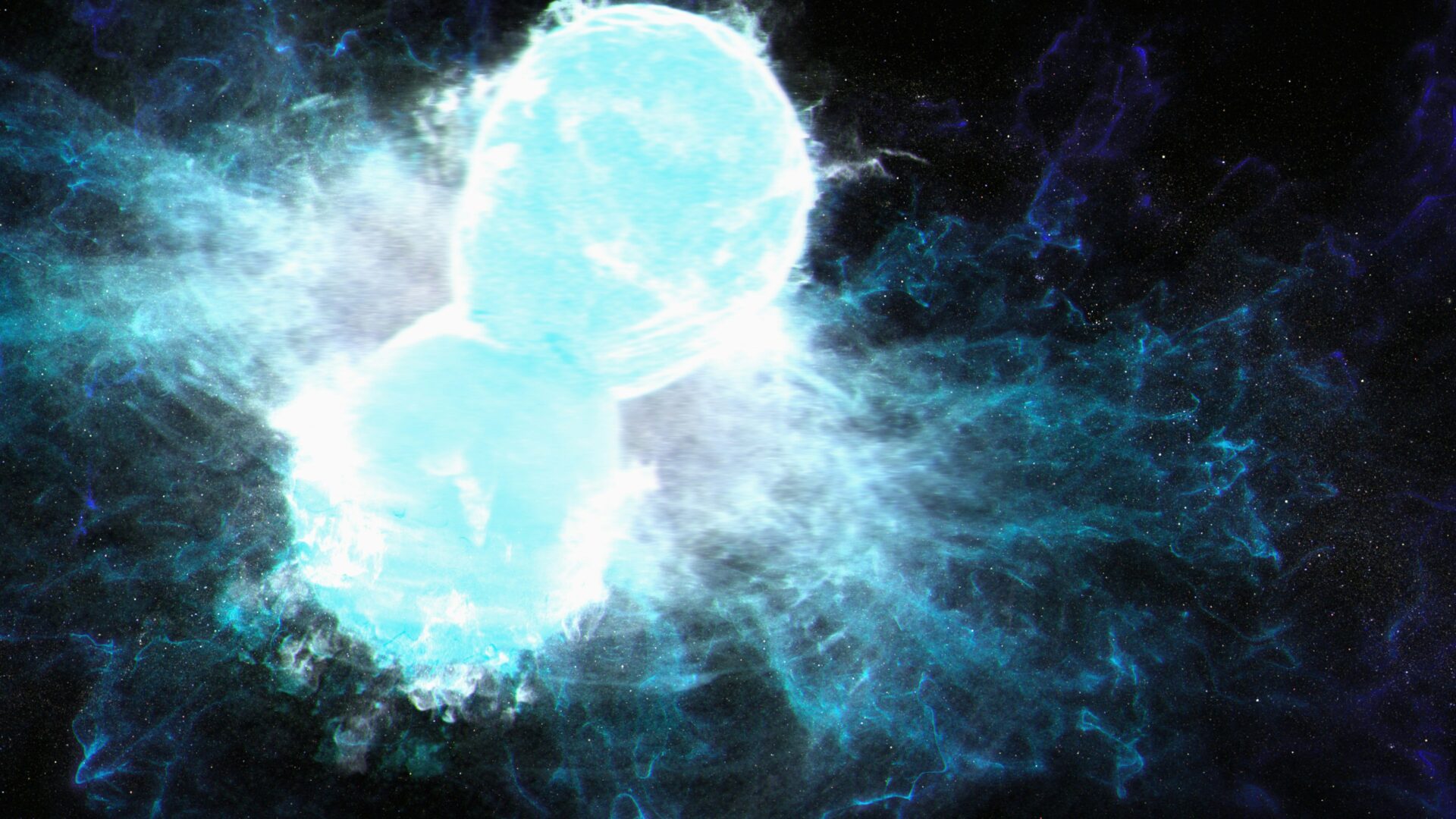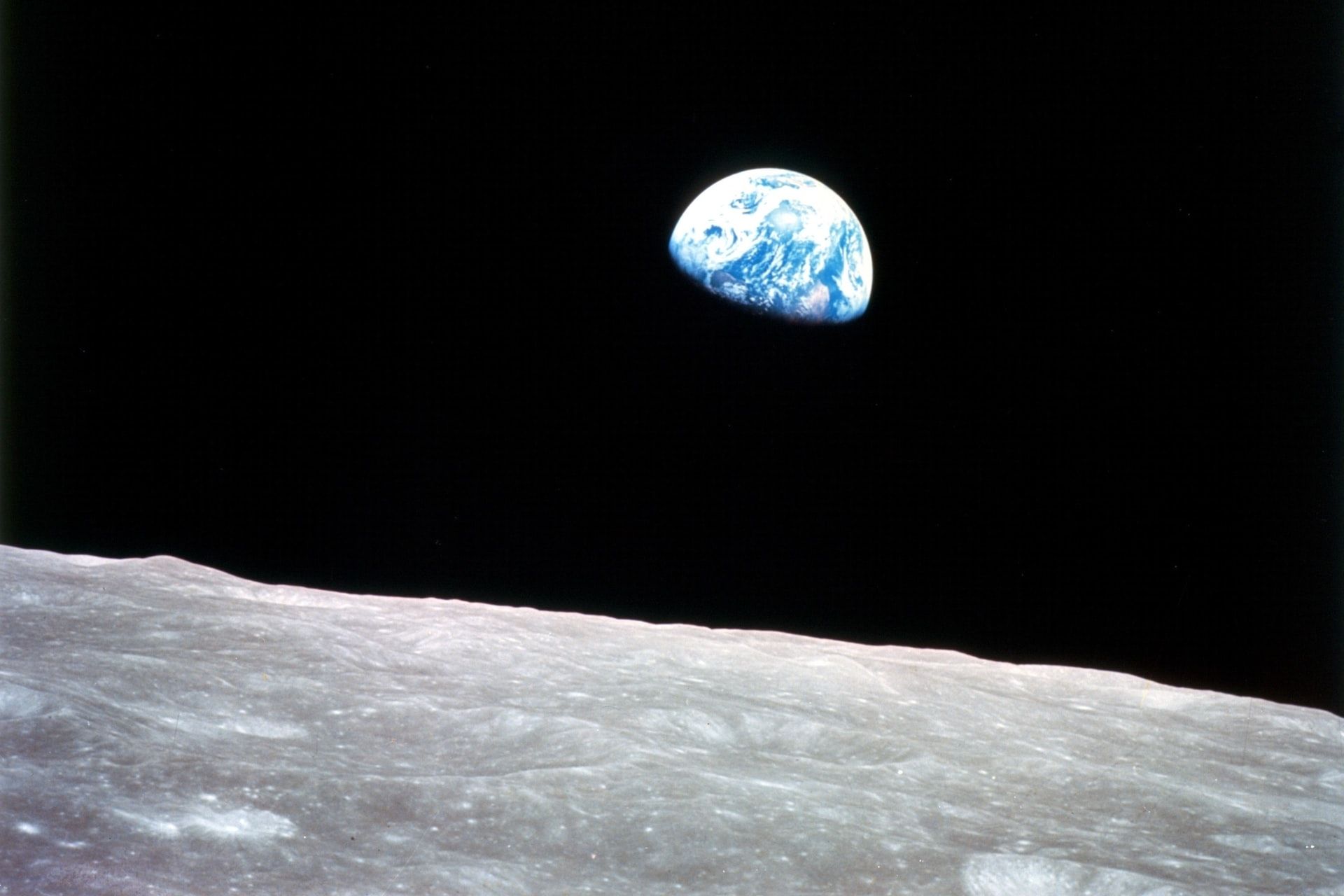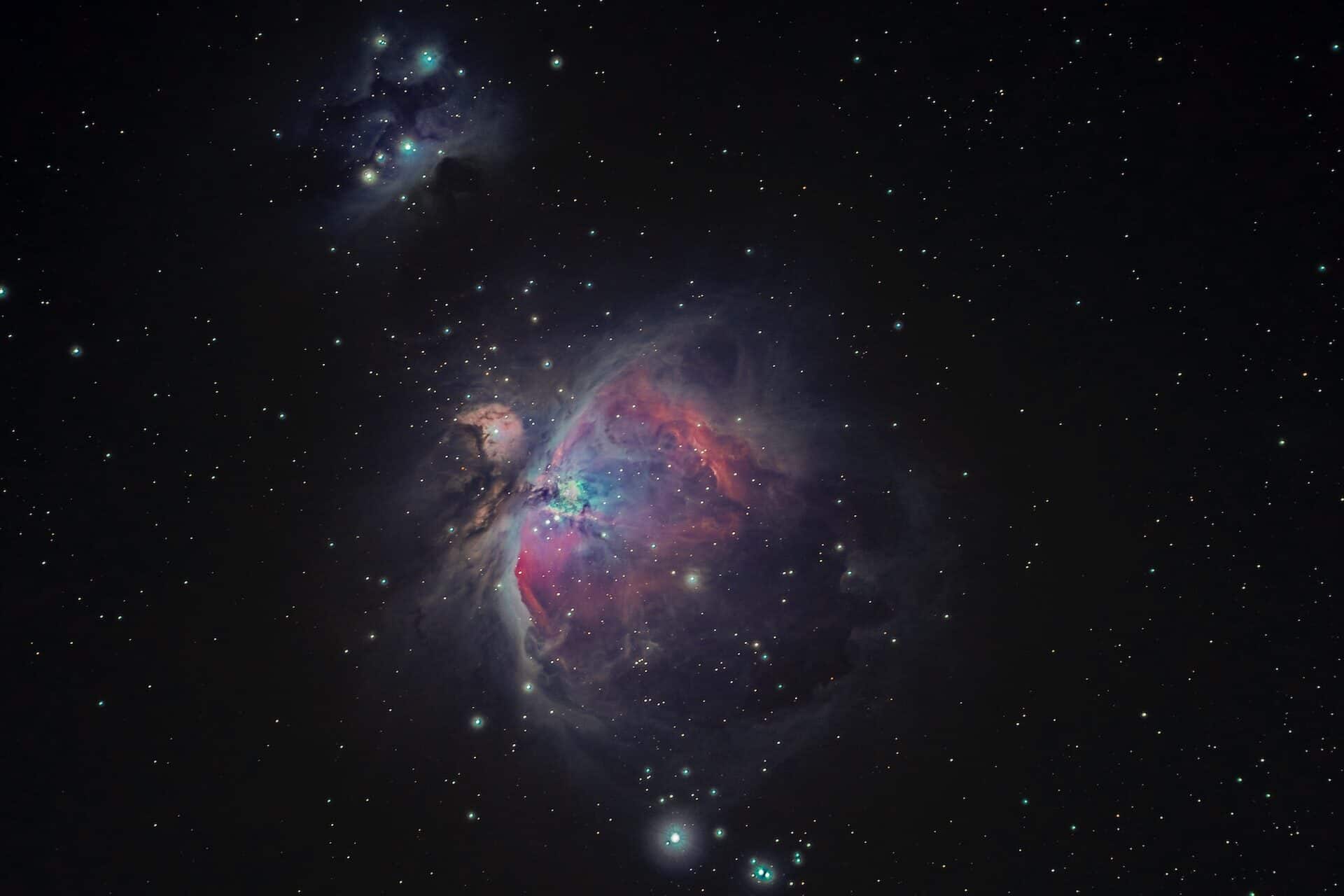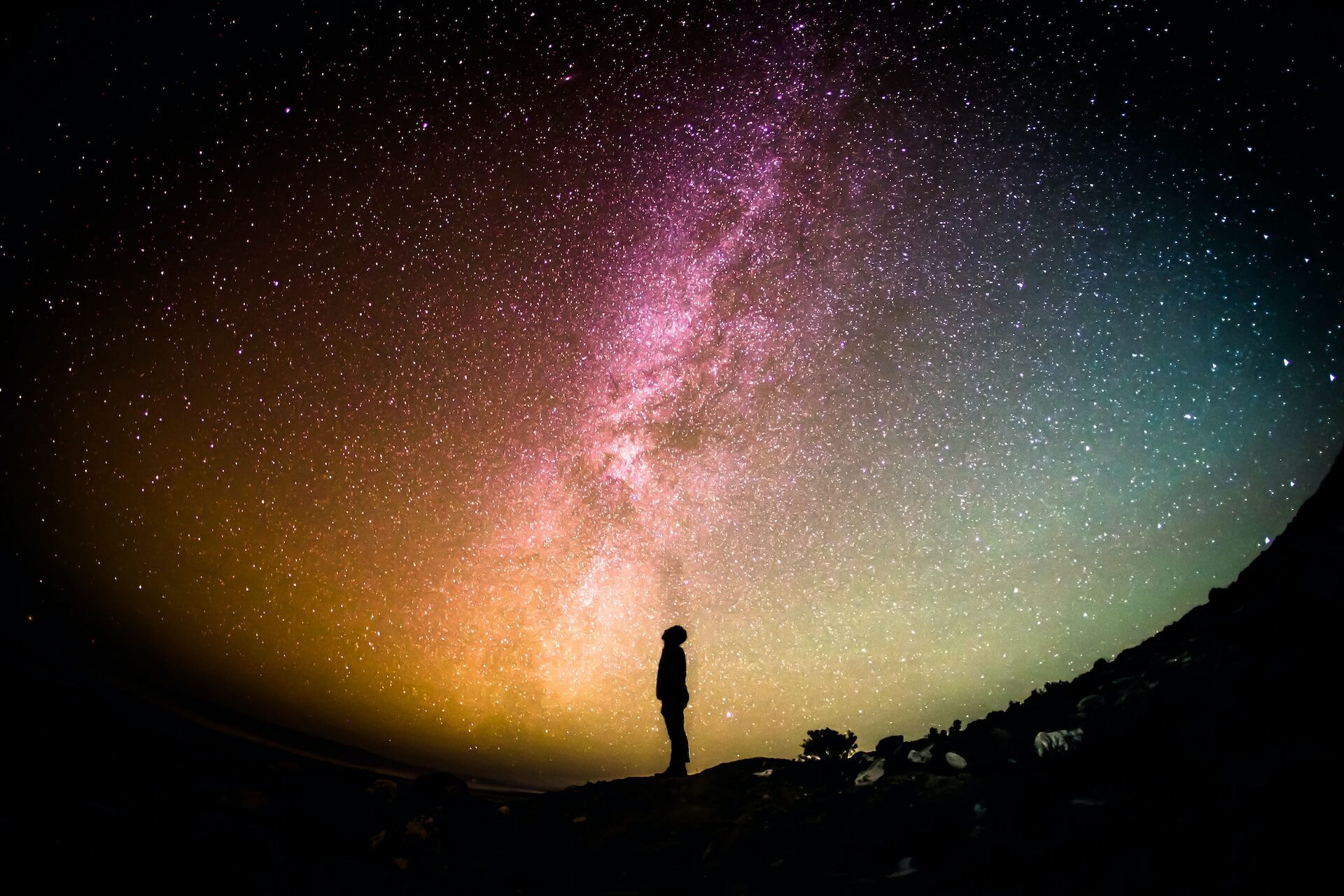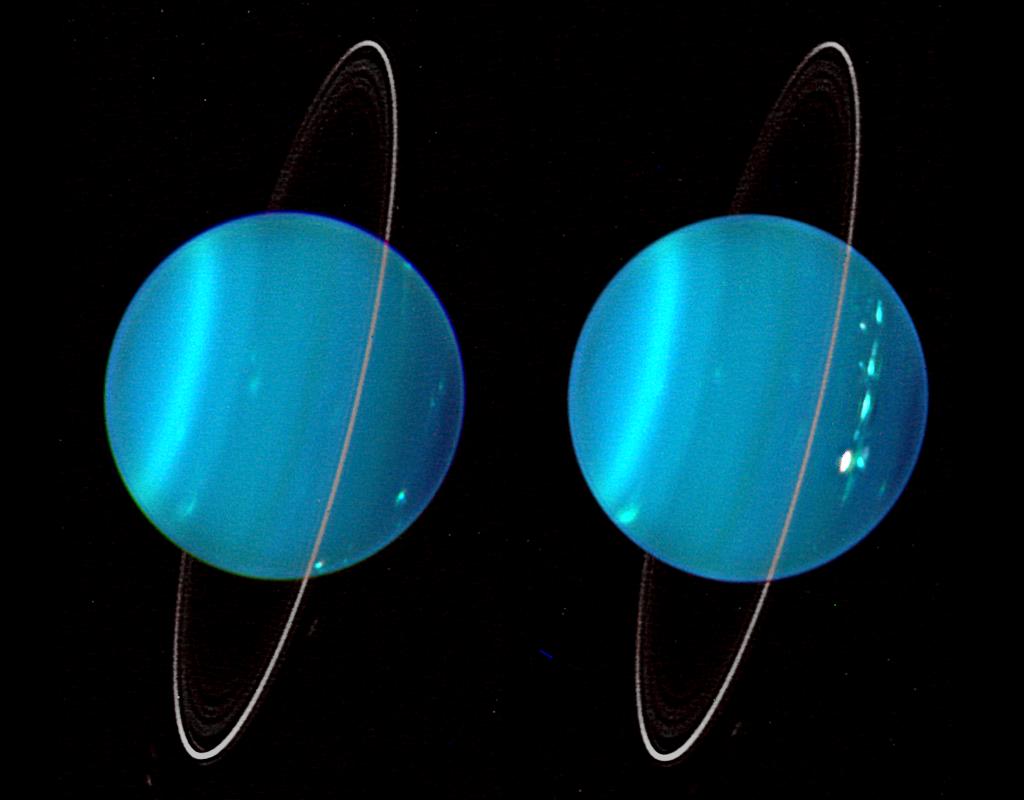
Interesting Facts About Uranus You Need to Know
October 6, 2020 - Emily Newton
Revolutionized is reader-supported. When you buy through links on our site, we may earn an affiliate commision. Learn more here.
While it’s unique name might make it the butt of many jokes, Uranus — the seventh planet in our solar system — is one of the most unique gas giants that we’ve ever seen. What makes Uranus so different? Here are some interesting facts about Uranus that you need to know.
10 Interesting Facts About Uranus
1. It Gets Its Name From the Greek God of The Sky
Uranus is the only planet in the solar system named for a Greek god instead of a Roman one. William Herschel, the astronomer who discovered it, originally wanted to name it “George’s Star” after King George III, but that didn’t stick. Uranus is the Latinized version of Oranous, the Greek god of the sky and grandfather of Zeus.
2. It’s the Coldest Planet in the Solar System
Despite being closer to the sun than Neptune or Pluto, Uranus is the coldest planet in the solar system. It tends to sit at an average of -197 C but we’ve recorded temperatures on the blue planet as low as -224 or -371.2F.
3. The Planet Orbits On It Side
On Earth, we have an orbital tilt of about 23 degrees. That’s what gives us our seasons, but on Uranus, the orbital tilt is an astonishing 97.77 degrees! The planet looks like it’s rolling around the solar system on its side, with it’s equator at a right angle to its orbit.
4. It’s Also Called the Ice Giant
Unlike Jupiter and Saturn, Uranus has a thin outer atmosphere of hydrogen, helium and methane, surrounding a heavier layer of other elements including ice and water. Both Neptune and Uranus are classified as ice giants.
5. It Has Two Sets of Rings
Like most of the outer planets, Uranus also has rings though they might not be as fancy as the ones orbiting Saturn. There are currently two sets of rings, with 13 in total, orbiting the ice giant. They’re mostly made up of small dark pieces that reflect almost no light, making them nearly impossible to see with traditional telescopes.
6. It Has 27 Moons
While it doesn’t come close to Jupiter or Saturn when it comes to the number of moons, Uranus still has plenty. Its moons are named for literary characters from the works of Alexander Pope and William Shakespeare, with names like Titania, Miranda, Oberon and Ariel making an appearance.
7. It Gets Its Blue Color From Methane
Uranus is a brilliant blue, a color which it gets from the methane in its outer atmosphere. It’s mixed with helium and hydrogen, but it’s the methane that absorbs the red light from the sun, reflecting the blue and giving the planet it’s iconic color.
8. You Can See It With The Naked Eye
It might sit on the outer edges of our solar system, but if you’ve got a dark night and little to no light pollution, you can actually spot Uranus with the naked eye. It’s just barely visible — and you won’t see it at all if there’s any artificial light — but you can see the little blue-green dot with the naked eye if you know where to look.
9. We’ve Only Been There Once
We’ve only sent one spacecraft into the outer reaches of the solar system that observed Uranus — Voyager II. It passed close to the planet on January 24th, 1986 before heading off to Neptune and parts unknown. NASA considered sending the Cassini probe there after it was done with Saturn but chose not to. There are currently no plans to explore the ice giant.
10. Uranium is Named After It
Martin Klaproth discovered Uranium in 1789, eight years after the discovery of Uranus. The chemist named the radioactive element after the distant planet.
Uranus Properties & Information
- Location in Solar System: Seventh Planet
- Distance from Sun: 2,870,658,186 km or 19.22 AU.
- Composition: Small rocky core surrounded by layers of methane, hydrogen, and helium.
- Size: 51,118 km at the equator
- Surface: No discernible surface
- Structure: A gas giant with a rocky core
- Color: Blue
- Atmosphere: Water, methane and ammonia
- Moons: 27, primarily named after literary characters
- Temperature: -197 C or -322.6 F
- Orbital Period: 84 years
- Rotation Period: 17 hours at the equator, up to 42 years at the poles
Who Discovered Uranus?
This is one planet that unless you know where to look, is nearly impossible to see with the naked eye. We didn’t officially discover it until Sir William Herschel found it in 1781. Herschel actually tried to name the new planet “Georgian Sidus” for the currently reigning King George III, but no one outside of England was a fan of that moniker.
Eventually, astronomer Johann Bode suggested Uranus, named for Oranous, the Greek god of the sky who fathered the titan Chronos and was grandfather to Zeus. It’s also the only planet named for a Greek god instead of a Roman one.
We’re grateful to Bode for suggesting a different name for the ice giant. Can you imagine rattling off the planet’s in the solar system if Herschel’s name had stuck? Jupiter, Saturn, George, Neptune, Pluto just doesn’t have the same ring to it.
What is Uranus Known For?
Uranus is most known for its brilliant blue color, thanks to the methane in its atmosphere which absorbs the red wavelengths of light coming from the sun. What we see is the visible blue light reflected back, giving the ice giant it’s iconic color.
It’s also known for likely having liquid water beneath its upper atmosphere. When Voyager flew by the planet in 1986, it didn’t look like much from the surface — until the probe found evidence that some 500 miles below the outer atmosphere, the coldest planet in the solar system actually has boiling oceans.
Unfortunately, it’s also known for its name being the butt of all sorts of jokes, but that shouldn’t discourage you from studying this awesome ice giant.
What Makes Uranus Unique?
The most unique thing about Uranus is its incredible orbital tilt. The planet is basically orbiting the sun on it’s side, with a tilt of 97.77 degrees. Its equator is essentially at a right angle to its orbit and its magnetic field is twisted, with a magnetic tail that stretches in a helix-shape for something like 6 million miles and pointing away from the sun.
It’s ice giant status also makes it unique. Unlike Saturn and Jupiter, which have a small rocky core and are made up of hydrogen and helium, both Neptune and Uranus are classified as ice giants. They have a molten rocky core and an outer atmosphere that includes helium and hydrogen, but also includes a variety of other elements as well as ice and even liquid water. Astronomers started using the ice giant designation in the 1990s when they discovered that Neptune and Uranus were composed differently than the two other gas giants in the solar system.
Uranus also has some of the longest and strangest seasons in the solar system. You can enjoy a short 17 hour day during the spring and fall seasons. During the summer, you’re looking forward to 21 years of non-stop daylight, and 21 years of the endless night during the winter. It doesn’t sound like somewhere we’d want to spend a summer vacation!
Looking Forward
Uranus is the seventh planet in the solar system, which means we’ve nearly reached the end of our journey through our local celestial neighborhood. We’ve got two more stops — at least if we’re talking about planets. Neptune and Pluto are still out there waiting for us. Tag along while we make our way to the edge of the solar system. Maybe we’ll even jump outside the heliosphere and see what lies beyond, in that empty space between solar systems that we haven’t been able to explore yet.
Featured Image Credit: NASA / Lawrence Sromovsky, University of Wisconsin-Madison/W.W. Keck Observatory
Revolutionized is reader-supported. When you buy through links on our site, we may earn an affiliate commision. Learn more here.
Author
Emily Newton
Emily Newton is a technology and industrial journalist and the Editor in Chief of Revolutionized. She manages the sites publishing schedule, SEO optimization and content strategy. Emily enjoys writing and researching articles about how technology is changing every industry. When she isn't working, Emily enjoys playing video games or curling up with a good book.
